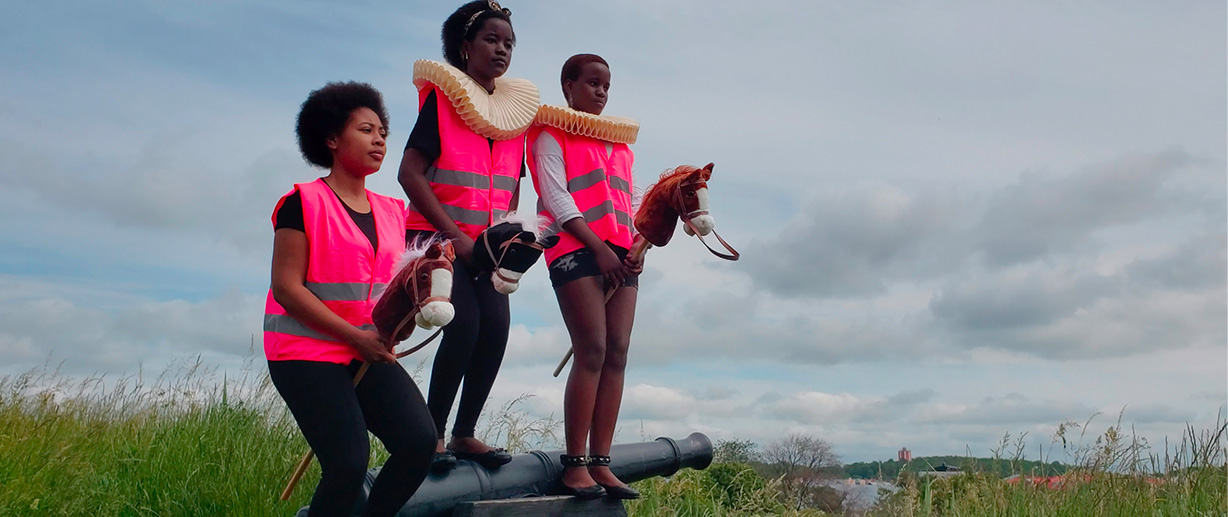Wofford College will be the first site in the Southeast to host a solo exhibit by Crystal Z Campbell, a multidisciplinary artist, experimental filmmaker and writer who was recently awarded a Guggenheim Fellowship in Fine Arts.
Campbell’s “VIEWFINDER” will be on exhibit in the college’s Richardson Family Art Museum in the Rosalind Sallenger Richardson Center for the Arts from Aug. 30-Dec. 8. The public is invited to attend a film screening and question-and-answer session with Dr. Kimberly Hall and Dr. Julie Sexeny, Wofford associate professors of English, at 6 p.m. on Sept. 6. A reception will follow a public lecture with a discussion moderated by Dr. Gillian Young, Wofford assistant professor of art history, at 6 p.m. on Sept. 7.
“Campbell’s work uniquely examines difficult and shared histories that are too often under-spoken while inviting viewers into spaces to shape new frameworks for understanding the past,” says Rebecca Forstater, Wofford assistant professor of studio art. “We are thrilled to not only host this exhibition, but to welcome Campbell for a dynamic series of programming.”
“VIEWFINDER” is a body of work informed by Campbell’s travels to the small coastal town of Varberg, Sweden, which morphed from its historical role as a tuberculosis sanitorium in the early 1900s into a popular retreat destination boasting the most spas in Sweden following the development of the tuberculosis vaccine.
Exhibited on the museum’s first floor, the show comprises a multimedia installation that includes distorted projections, suspended tondo sculptures, sculptural monitors, and tactile photo collages distinctly framed by oppositional colors of violet and yellow.
Pointing to the viewfinder mechanism on a camera as a capturing mechanism that extends colonial aims and anthropological othering, Campbell’s work playfully contends with this ethnographic history of moving image and the notion of documentary practice in a place marketed for care and healing. To make the film, Campbell worked with Black people from the African Diaspora who migrated to Sweden. The performers enact the radical possibilities of place with choreographed and improvised movements across swatches of Swedish landscape.
The exhibition offers an alternative form of the document––a kaleidoscope of re-interpreted archival traces, gestures and fragments woven together with breathy, visceral sonic accompaniment. Swedish national songs are translated by American musicians, raising questions of authenticity and transmission. The exhibition is designed with the viewer’s experience in mind and intends to heighten the viewer’s relationship to embodiment while engaging with the work. Campbell asks, “If our bodies are archives, what is the currency of place, of movement, of memory?”
In addition to support from the Richardson Family Art Museum and Wofford’s Department of Art and Art History, the exhibit is being sponsored by the college’s film and digital media program, the Cultural Affairs Committee, the Office of Equity, Diversity and Inclusion, the Division of Campus Life and Student Development and the Office of Undergraduate Research.
